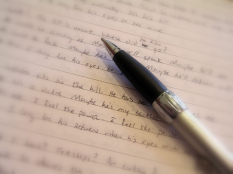Handwriting
Poor handwriting is not an insurmountable obstacle (just ask any doctor!), but it does make life more difficult.
This year children could meet age related expectations in writing if their handwriting was legible, though they could not exceed standard unless it was joined correctly and letter formation was consistent. This was not the government’s original intent and we have no idea how long 'legible' will be good enough to meet standard.
What won't change is that if good handwriting is not secured in primary, it is very unlikely that it ever will be: generally children’s handwriting suffers when they reach secondary school because it is not monitored in the same way and writing is generally much more rushed. Standards slip for most children, but this is especially true for whose handwriting quality was poor or variable in primary.
Good handwriting requires:
- Good seating position
- Correct grip
- Relaxed grip
- Consistent slant
- Consistently and appropriately sized ascenders and descenders.
- Equally sized and shaped 'main bodies' of all letters.
With handwriting, practice really does make perfect. From time to time we are able to offer handwriting workshops which, followed up with 5-10 minutes of homework per day (which is included with this tuition) is enough to see impressive results. Children will work on the accurate and consistent formation of individual letters before moving on to joining their writing. Only when a child has developed a fluid and comfortable style do we work on speed. I work on the principle of ‘learn to do it well before you learn to do it quickly’.



